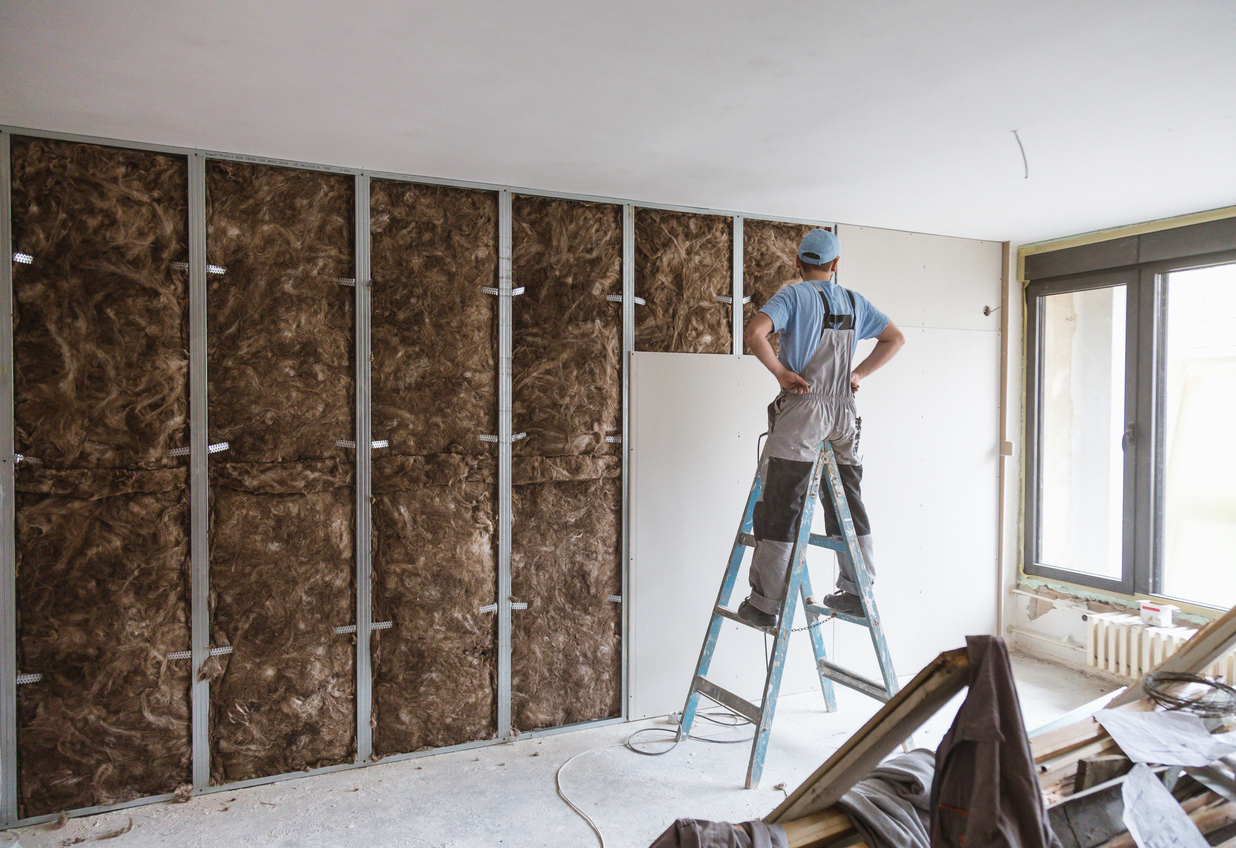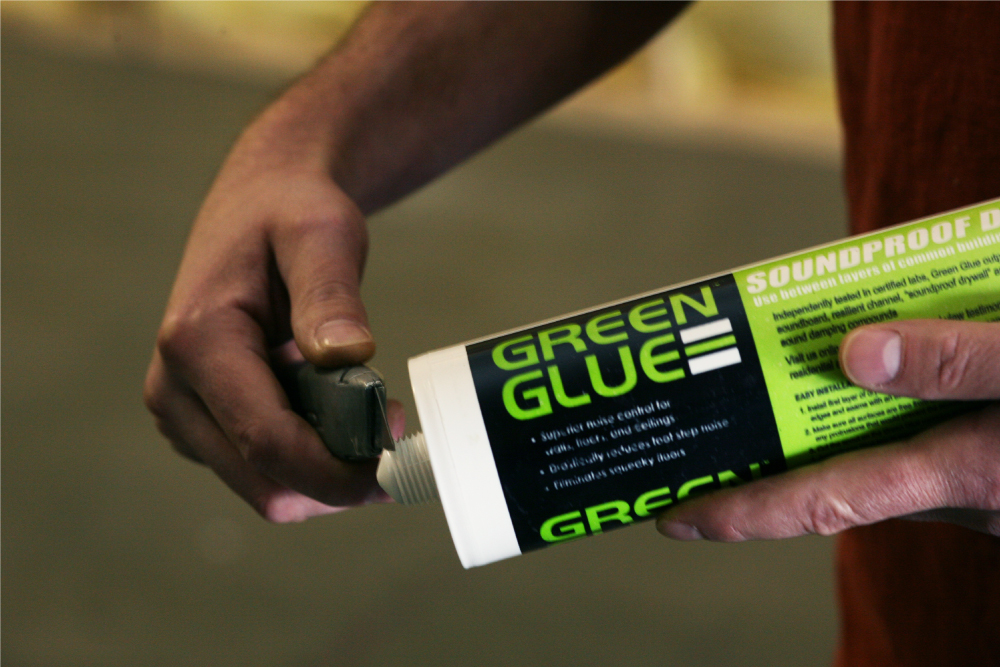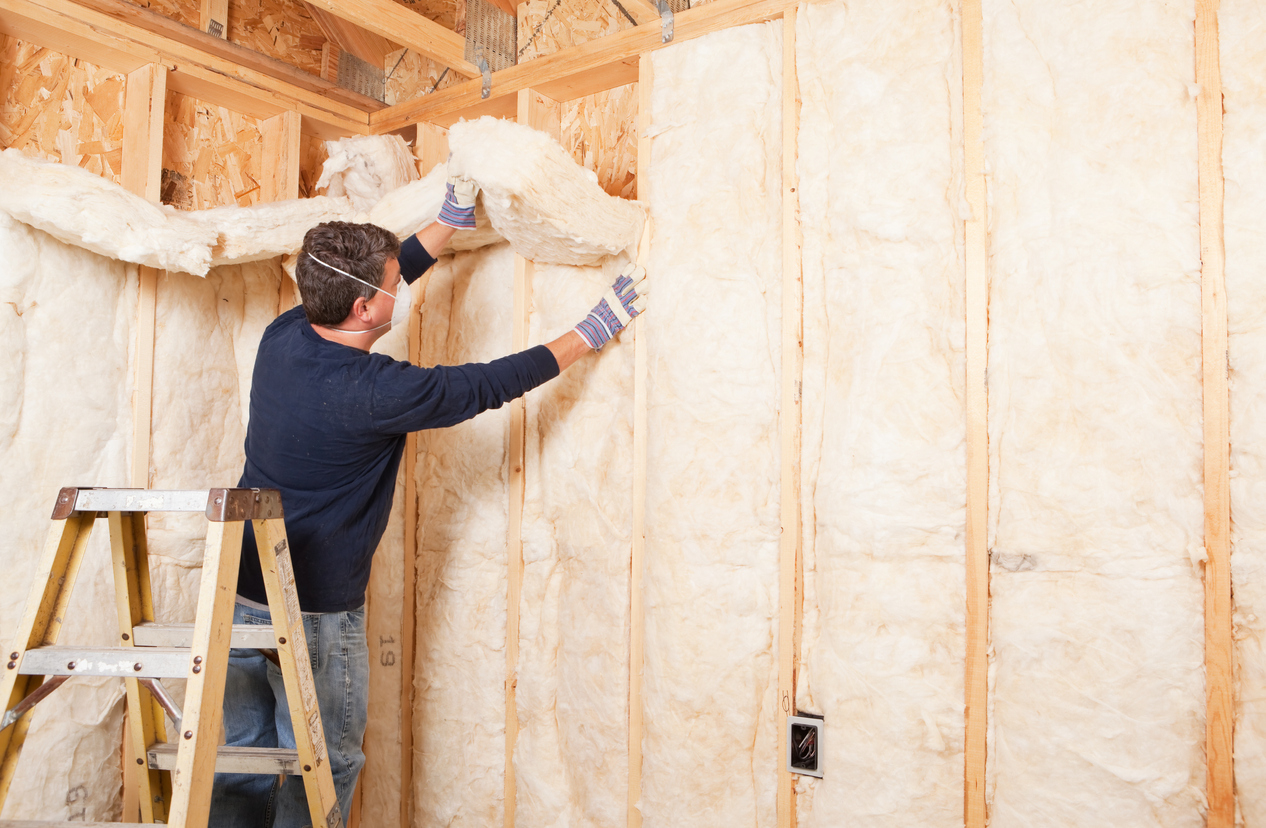There are many reasons for wanting to soundproof your house, from noisy neighbours to traffic sounds. Creating a peaceful and quiet ambience in your home can help you relax and improve your quality of life. However, there are many different ways to soundproof your walls, and the choice of materials can become overwhelming. Our handy guide to the best soundproofing materials is here to help.
- Drywall
Simple drywall is cheap, common, and effective in creating mass. Thickness is the most important factor in soundproofing your walls, so mass is crucial. Drywall comes in a few varieties, such as mould-resistant and fire-resistant, but soundproof drywall is clearly the most effective in this case. It works even better when damped – meaning that a layer of a damping compound is applied between two layers of drywall.
- Damping compounds
A damping compound is a thick fluid that can be applied between layers of hard materials, such as drywall. It can also be used as a sealant around electric boxes and pipes, soundproofing the nooks and crannies of your home. The most trustworthy manufacturer of damping compounds is Green Glue, although QuietGlue Pro is popular as well. Damping compounds are one of the few materials to soundproof against low-frequency noise, most common in music and construction work. Remember to use them as a final acoustic sealant once you are finished with the rest of your soundproofing.
Image courtesy of Green Glue
- Mass-loaded vinyl
This particular material most often comes in sheets with flexible application. It’s generally expensive, but very effective when used to cover pipes and other awkward shapes. When applied inside walls, it works best when combined with further insulation, such as damped drywall and fibreglass. One of the most trusted manufacturers of mass-loaded vinyl is Trademark Soundproofing. - Fibreglass
Fibreglass is a cheap and effective option for home insulation. As opposed to its solid counterparts (drywall and vinyl), fibreglass is soft and malleable. It is therefore often used as a filler to stuff spaces that would otherwise allow sound to travel. However, a significant drawback of fibreglass is that its combination of plastic and glass particles can lead to allergic reactions. A healthier alternative to fibreglass is mineral wool. This material has a volcanic rock base, stronger soundproofing results, and is overall more sustainable. It does, however, come with a heftier price tag.




